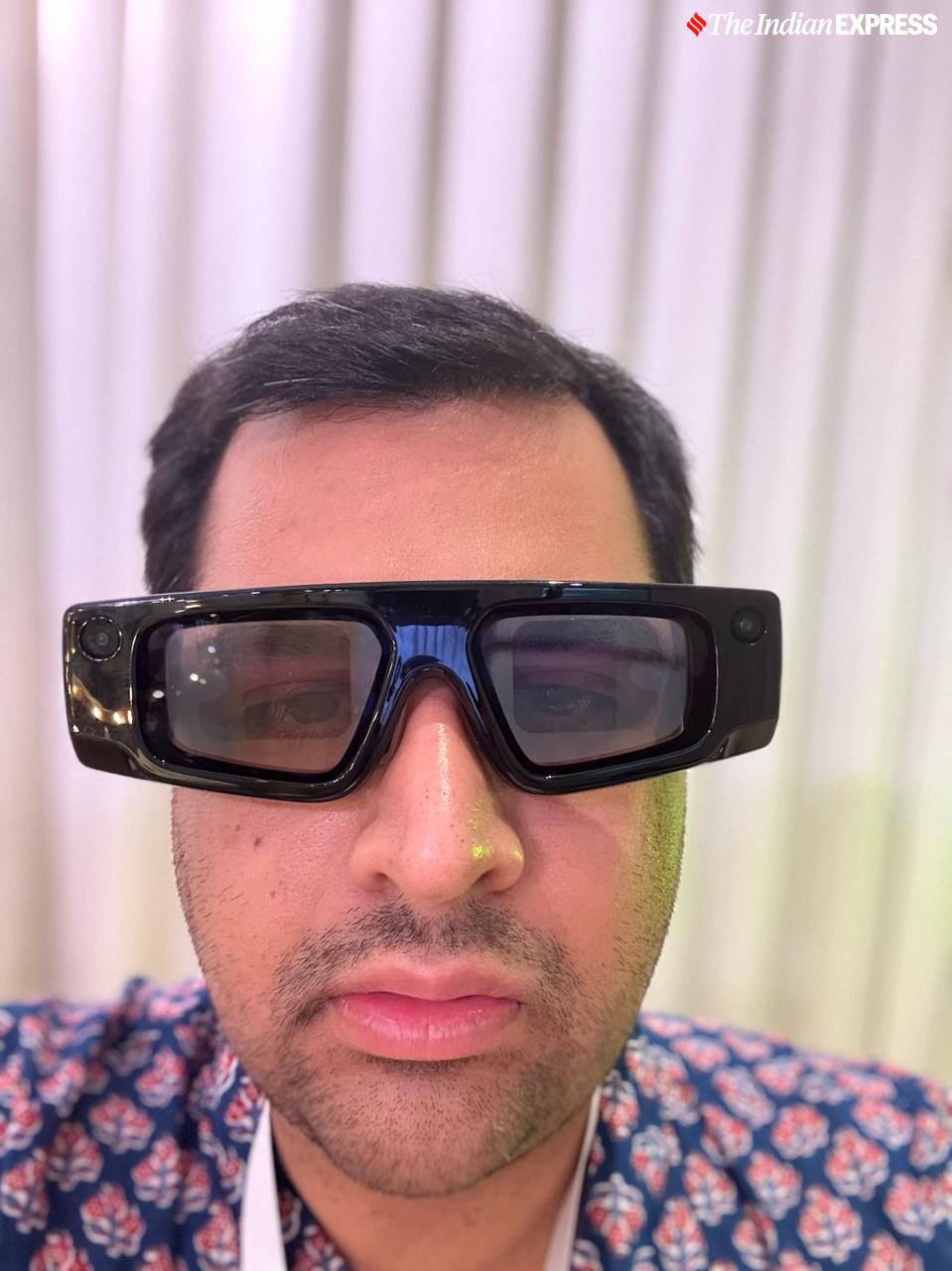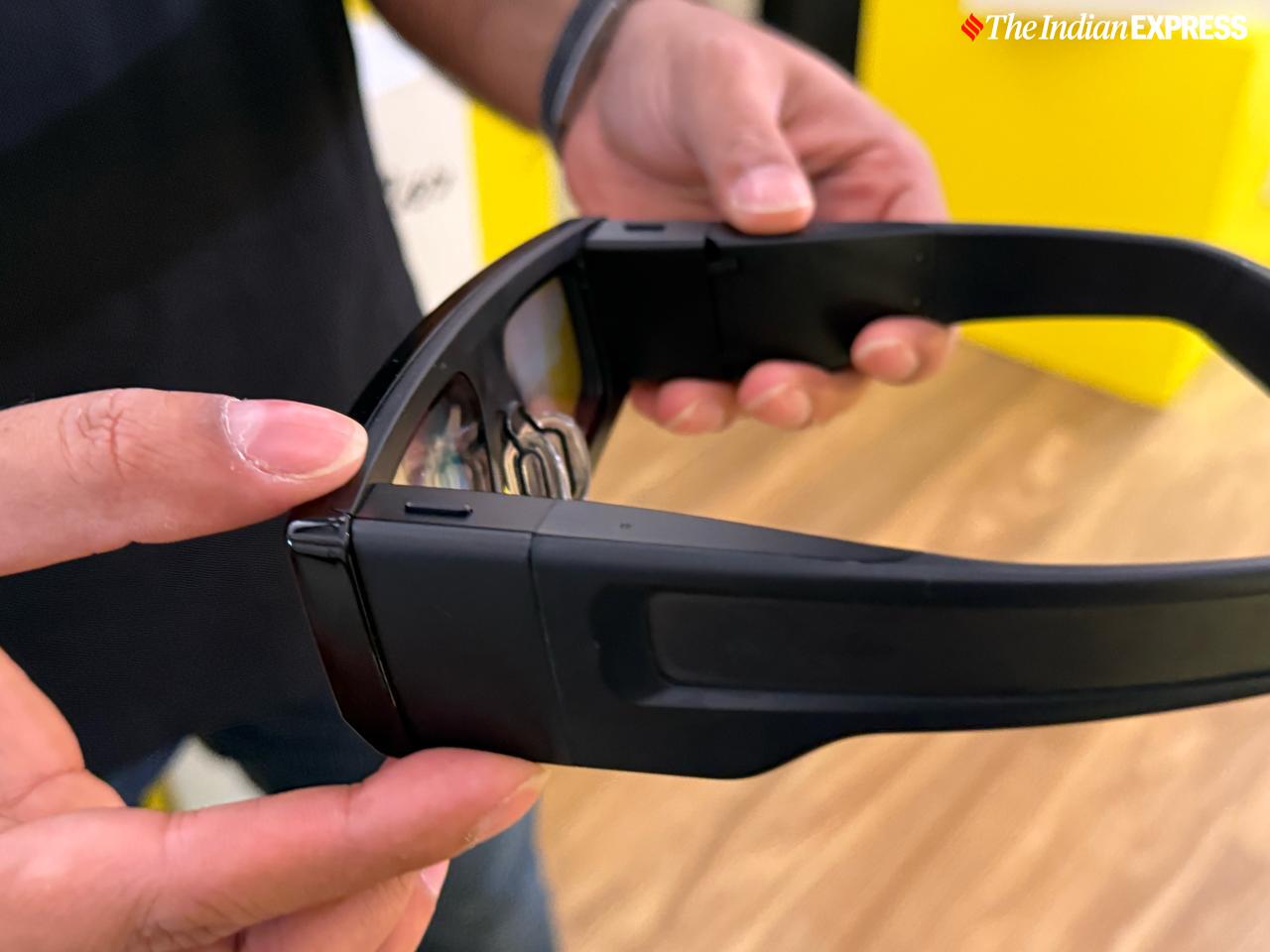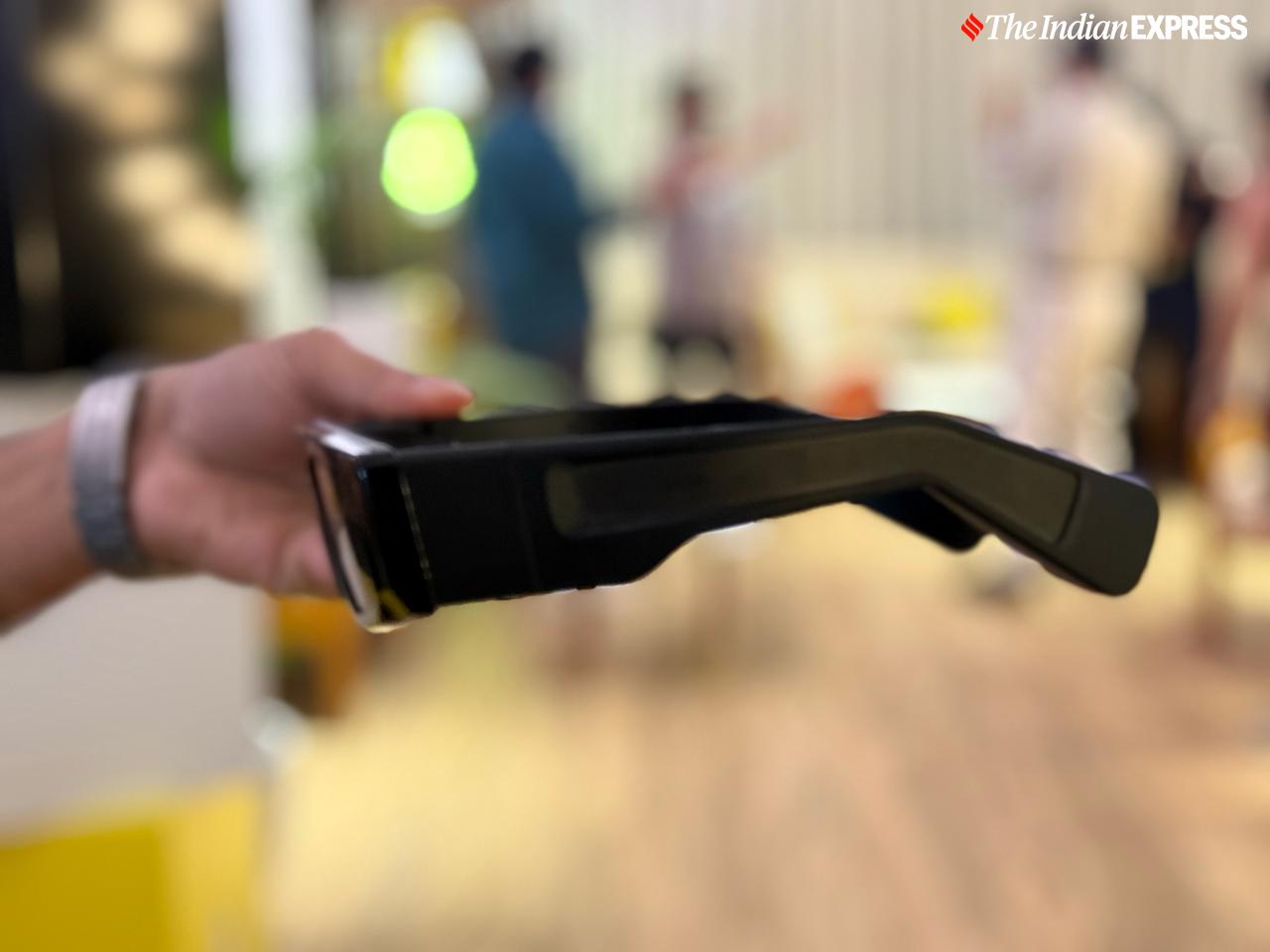Anuj Bhatia is a personal technology writer at indianexpress.com who has been covering smartphones, personal computers, gaming, apps, and lifestyle tech actively since 2011. He specialises in writing longer-form feature articles and explainers on trending tech topics. His unique interests encompass delving into vintage tech, retro gaming and composing in-depth narratives on the intersection of history, technology, and popular culture. He covers major international tech conferences and product launches from the world's biggest and most valuable tech brands including Apple, Google and others. At the same time, he also extensively covers indie, home-grown tech startups. Prior to joining The Indian Express in late 2016, he served as a senior tech writer at My Mobile magazine and previously held roles as a reviewer and tech writer at Gizbot. Anuj holds a postgraduate degree from Banaras Hindu University. You can find Anuj on Linkedin. Email: anuj.bhatia@indianexpress.com ... Read More
I wore Snap’s new Spectacles glasses, and they made me a believer in AR
Snap’s Spectacles AR glasses bring face computers closer to reality.
 Snap already has an existing AR ecosystem and a large user base, and the glasses add a new way to expand on the massive developer base. (Image credit: Anuj Bhatia/Indian Express)
Snap already has an existing AR ecosystem and a large user base, and the glasses add a new way to expand on the massive developer base. (Image credit: Anuj Bhatia/Indian Express)I recently was among the first to get my hands on Snap Inc’s Spectacles, a brand-new pair of augmented reality glasses. It wasn’t my first time experiencing AR technology, as I had tried every possible device designed for AR, including the Apple Vision Pro, but something felt different this time around.
I went to Mumbai to try them out and see if the glasses truly deliver on the AR experiences as promised and if they could one day become an extension of smartphones. The new Spectacles feel closer to experiencing AR, a technology that seamlessly blends computer graphics and reality, albeit on the bulkier side, but they are more powerful and designed to be full-fledged, see-through standalone AR glasses.
The feel of Snap’s Spectacles
The first thing I noticed upon wearing Snap’s Spectacles during the 35-minute demo was that these are glasses. They are not goggles like the Meta Quest 3, that can display information and even videos overlaid in the real world — like Apple’s Vision Pro, but much lighter and with less of a barrier between you and reality. However, I must say they are still bulky — at least in terms of how most people may perceive the fit the first time. But after wearing them for about 20 minutes, I felt like I was wearing a shrunken mixed reality headset, though a more clumsy version of Meta’s Ray-Bans.
 Snap has added something called electrochromic tint to the lenses. When the tint is activated, the lenses transition from clear to tinted. (Image credit: Anuj Bhatia/Indian Express)
Snap has added something called electrochromic tint to the lenses. When the tint is activated, the lenses transition from clear to tinted. (Image credit: Anuj Bhatia/Indian Express)
But the added thickness and oversized black frames also have to do with the fact that these glasses feature processing — including the Spatial Engine and Snap OS — and battery in a single device. This means they can be worn without needing a smartphone to power them or a battery pack tethered via a long cable. Sure, the fifth-generation Spectacles aren’t the sleekest or most fashionable AR glasses around, and I wasn’t surprised either. AR is still years away from mainstream adoption, which is why a device like this is developer-only and not sold to consumers.
Display, processor
On the new Spectacles, you will find an ultra-bright display. These are electrochromic lenses, which can be automatically darkened via the menu, allowing the headset to be used outdoors in bright daylight. The displays are capable of refreshing at 120Hz.
Inside each arm is a Qualcomm Snapdragon processor. It’s a dual processor that has made the glasses more efficient and prevents overheating issues. Snap says the battery life has improved from about 30 to 45 minutes on a single charge. This is nowhere near the battery life you would get on smartphones.
 The interface feels intuitive, giving the impression that the UI is ready for mainstream use rather than experimental. (Image credit: Anuj Bhatia/Indian Express)
The interface feels intuitive, giving the impression that the UI is ready for mainstream use rather than experimental. (Image credit: Anuj Bhatia/Indian Express)
If you look closely at the glasses, you’ll notice cameras on the front that control all 6-DOF tracking and detect your surroundings, while infrared sensors on the bottom can also detect hands outside the central field of view.
During brief testing, Snap offered me the option to insert a prescription clip into the inside of the Spectacles. I’ve never liked the idea of wearing a mixed-reality headset or AR glasses over my glasses.
Snap says each lens “delivers a 46-degree diagonal field of view with a 37 pixel-per-degree resolution.” The field of view is a bit narrow, but it’s not going to be a problem.
When you look at content, say a 3D object very close to your head, it doesn’t fit completely on the screen. Keep in mind that eyes have a much larger field of view. However, since the display is very close to the eye, the small field of view is less noticeable. As you get immersed in the content, you forget about the small displays.
Controlling Snap’s Spectacles
To control the menus and content, you will need to use hand gestures, like the Vision Pro and Quest 3. And I must say, hand tracking and gestures worked surprisingly well after a short period of familiarisation. The gestures weren’t perfect yet; sometimes my pinches were missed, and I had to try again.
Pinching on a tile would launch the new experience. Opening up my left palm made the menu system appear. My first 15 minutes went into getting familiarised with the interface, which is brand new as part of Snap OS.
 Snap’s Spatial Engine understands the world around you so that Lenses appear realistically in three dimensions. (Image credit: Anuj Bhatia/
Snap’s Spatial Engine understands the world around you so that Lenses appear realistically in three dimensions. (Image credit: Anuj Bhatia/
Snap still calls these experiences “lenses,” as they look and feel more like full-fledged apps than the AR lens effects you’d find in the Snapchat app. However, Snap’s AR glasses lack eye-tracking, as seen on the Vision Pro and Meta’s Orion AR glasses prototype.
During the demo, Snap’s team walked me through several AR experiences. I got to try several demos with the glasses on, but the most fun I had was playing a game called ‘Sign of Doom,’ an immersive first-person shooter where players use hand gestures to target enemies, developed by Jeetesh Singh, a 25-year-old developer.
The demo was a test of what the glasses can do — something I can’t imagine on smartphones. In another demo, I picked up Lego bricks with my hands and built objects. The projected AR content, across different lenses, was crisp and bright — much better than I initially expected. I couldn’t notice individual pixels or fuzzy borders, common issues that plague AR hardware.
Initial thoughts
There are a lot of good ideas behind Snap’s Spectacles AR glasses, but as I observed in my first impressions, some things are far from perfect, which makes it clear why the company is still far from launching the device to the public. Yes, it still feels a bit strange to use AR glasses while looking directly at the real world.
 The new Spectacles offer a 46 degree field of view at a resolution of 37 pixels per degree. (Image credit: Anuj Bhatia/Indian Express)
The new Spectacles offer a 46 degree field of view at a resolution of 37 pixels per degree. (Image credit: Anuj Bhatia/Indian Express)
However, one thing is clear: the glasses do have a better chance of making augmented reality technology feel much more natural than bulky mixed reality headsets. But it all depends on the experiences developers create — ones that you won’t get on smartphones, apps and lenses that could make us true believers in the new age of AR glasses.
View this post on Instagram








